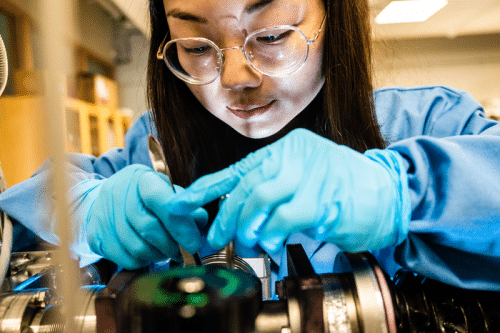Solar cells that are both efficient and environmentally acceptable are essential for the transition to a fossil-free energy supply. Researchers at Linköping University have documented how energy flows in organic solar cells, something that previously had been unknown.

“To enable the full potential of organic solar cells to be exploited, there is a need for a clear picture of how they work. We have now obtained that picture. This provides a better understanding of how to create new efficient and sustainable solar cell materials,” says Mats Fahlman, a professor at the Laboratory of Organic Electronics at Linköping University.
Organic solar cells made of organic semiconductors are becoming more popular as a long-term solution. However, until recently, they couldn’t compete in terms of efficiency with standard silicon-based solar cells. This was owing to the inherent energy loss associated with charge separation.
However a research team from Linköping University and colleagues from Hong Kong demonstrated that energy loss can be avoided by employing various donor-acceptor materials that aid the electron’s escape from its hole. After that, energy loss decreased and efficiency improved. The issue was that no one knew how it had happened. It was obvious that it worked, but it was unclear why.
Some of the same Linköping University researchers have now solved the puzzle that had caused so much debate in this sector. In a new study published in Nature Communications, the researchers have established what energy levels are required to limit energy losses.
“To find out how the energy flows, we laid nanometre-thick organic semiconduction films in several layers one on top of the other, rather like a strawberry and cream cake. After that we measured the energy required to separate the electrons from their holes in each individual layer,” says Xian’e Li, a PhD student at Linköping University and principal author of the scientific article.
The mechanism behind the energy-efficient charge separation was then mapped by the researchers. This thorough mapping hints to a new direction for organic solar cell development.





